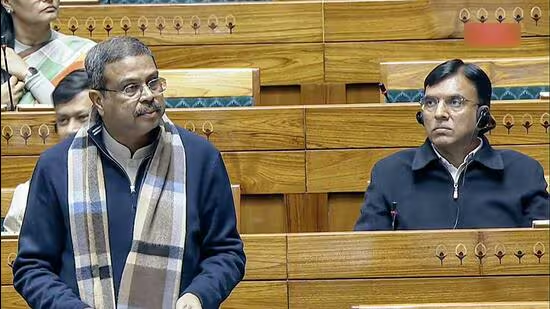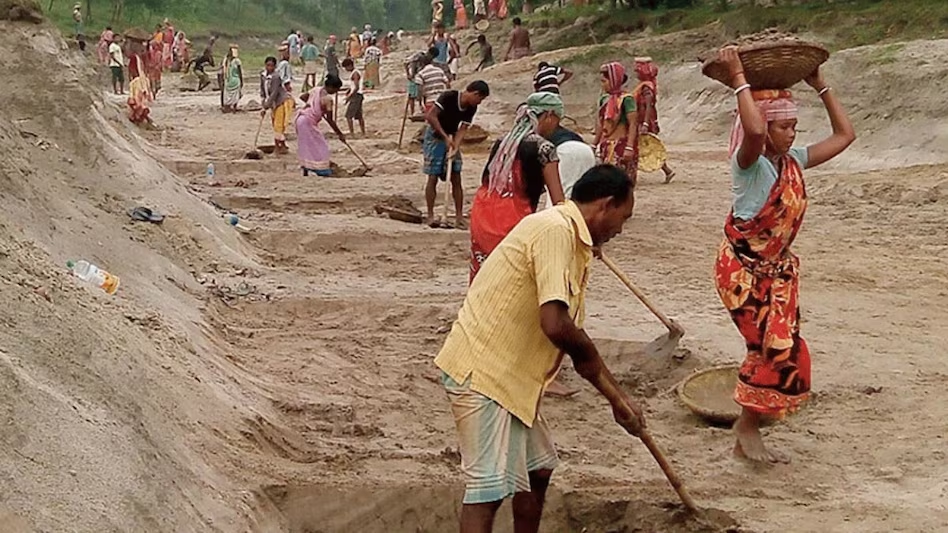Description
Context:
The Supreme Court allowed public interest litigation to intervene in the case of subordinate courts.
Background
- The concept of Public Interest Litigation (PIL) originated and developed in the USA in the 1960s.
- In the USA, it was designed to provide legal representation to previously unrepresented groups and interests.
- It was undertaken in recognition of the fact that the ordinary marketplace for legal services fails to provide such services to significant segments of the population and to significant interests.
- Such groups and interests include the poor, environmentalists, consumers, racial and ethnic minorities, and others.
- In India, the PIL is a product of the judicial activism role of the Supreme Court. It was introduced in the early 1980s.
- PIL is also known variously as Social Action Litigation (SAL), Social Interest Litigation (SIL) and Class Action Litigation (CAL).
Meaning of PIL
- PIL is absolutely necessary for maintaining the rule of law, furthering the cause of justice and accelerating the pace of realisation of the constitutional objectives. In other words, the real purposes of PIL(Public Interest Litigation) are
- Vindication of the rule of law.
Facilitating effective access to justice to the socially and economically weaker sections of the society.
- Meaningful realisation of the fundamental rights.
- Public interest litigation is the use of the law to advance human rights and equality, or raise issues of broad public concern.
Role of PIL
- It helps advance the cause of minority or disadvantaged groups or individuals.
- Public interest cases may arise from both public and private law matters.
- Public law concerns the various rules and regulations that govern the exercise of power by public bodies.
- Private law concerns those cases in which a public body is not involved, and can be found in areas such as employment law or family law.
- Public interest litigation is most commonly used to challenge the decisions of public authorities by judicial review.
Features of PIL
- PIL is a strategic arm of the legal aid movement and is intended to bring justice within the reach of the poor masses, who constitute the low visibility area of humanity.
- PIL is a totally different kind of litigation from the ordinary traditional litigation which is essentially of an adversary character where there is a dispute between two litigating parties, one making claims seeking relief against the other and the other opposing such claim or resisting such relief.
- PIL is brought before the Court not for the purpose of enforcing the right of one individual against another as happens in the case of ordinary litigation, but it is intended to promote and vindicate public interest.
- PIL demands that violations of constitutional and legal rights of large numbers of people who are poor, ignorant or in a socially or economically disadvantaged position should not go unnoticed and unaddressed.
- PIL is essentially a co-operative e ort on the part of the petitioner, the State or Public Authority, and the Court to secure observance of the constitutional or legal rights, benefits and privileges conferred upon the vulnerable sections of the community and to reach social justice to them.
- In PIL, litigation is undertaken for the purpose of redressing public injury, enforcing public duty, protecting social, collective, di used rights and interests or vindicating public interest.
- In PIL, the role held by the Court is more assertive than in traditional actions; it is creative rather than passive and it assumes a more positive attitude in determining acts.
- Though the PIL court enjoys a degree of flexibility unknown to the trial of traditional private law litigations, whatever the procedure adopted by the court it must be procedure known to judicial tenets and characteristics of a judicial proceeding.
- In a PIL, unlike traditional dispute resolution mechanisms, there is no determination on adjudication of individual rights.
Challenges :
- PIL actions may sometimes give rise to the problem of competing rights. For instance, when a court orders the closure of a polluting industry, the interests of the workmen and their families who are deprived of their livelihood may not be taken into account by the court.
- It could lead to overburdening of courts with frivolous PILs by parties with vested interests. PILs today has been appropriated for corporate, political and personal gains. Today the PIL is no more limited to problems of the poor and the oppressed.
- Cases of Judicial Overreach by the Judiciary in the process of solving socio-economic or environmental problems can take place through the PILs.
- PIL matters concerning the exploited and disadvantaged groups are pending for many years. Inordinate delays in the disposal of PIL cases may render many leading judgments merely of academic value.
LandMark Cases:
Hussainara Khatoon v. State of Bihar
- Many have regarded this case as the first PIL in India.
- The Court focused on the situation of under-trials in Bihar who had been in detention pending trial for periods far in excess of the maximum sentence for their offences.
Vishaka v. State of Rajasthan
- PIL was initiated in the Supreme Court to challenge sexual harassment in the workplace.
- The Vishaka judgment recognized sexual harassment as “a clear violation” of the fundamental rights of equality, non-discrimination, life, and liberty, as well as the right to carry out any occupation.
M.C. Mehta v. Union of India
- The judgement lashed out at civic authorities for allowing untreated sewage from Kanpur’s tanneries to make its way into the Ganges.
- The court passed three landmark judgments and a number of Orders against polluting industries in the Ganga basin
Way Forward
- The court must be careful to see that the petitioner must be acting bona fide and not for personal gain.
- The court should not allow its process to be abused by politicians and others to delay legitimate administrative action or to gain political objectives.
- In shaping the relief the court must take into account its impact on those public interests.
- The PIL activists should be responsible and accountable.
- Since it is an extraordinary remedy available at a cheaper cost to all citizens of the country, it should not be used by all litigants as a substitute for ordinary ones or as a means to file frivolous complaints.








